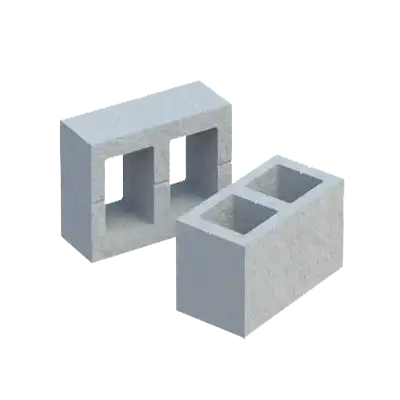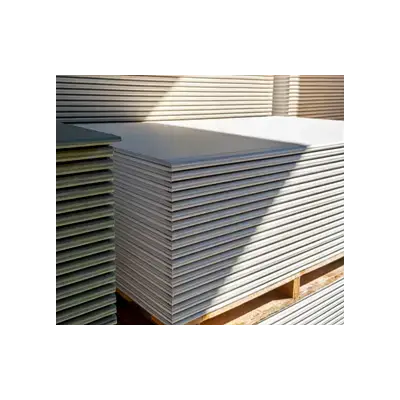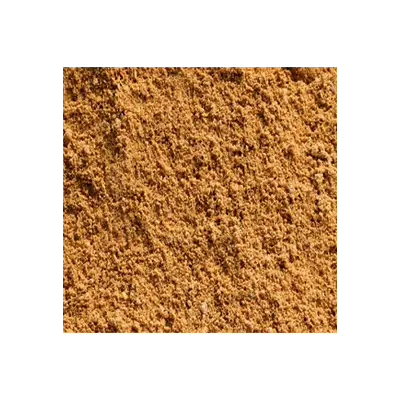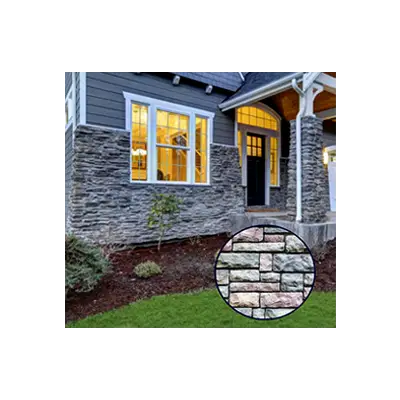Call +(254) 703 030 000 / 751 483 999 / 721 704 777
- Home
- Building Materials
.....Read More
Frequently Asked Questions
What are the best building materials for sustainable construction?
The best building materials for sustainable construction often prioritize renewable resources, energy efficiency, and minimal environmental impact. Examples include bamboo, a rapidly renewable grass with excellent strength-to-weight ratio, and recycled steel, which reduces the need for new mining and smelting. Reclaimed wood, salvaged from old structures, minimizes deforestation and waste. Locally sourced materials reduce transportation emissions. Furthermore, innovative materials like cross-laminated timber (CLT) offer structural integrity with a lower carbon footprint than concrete. Ultimately, a sustainable approach involves considering a material's entire lifecycle, from production to disposal.
What are the most durable building materials for homes?
The most durable building materials for homes are crucial for longevity and resilience. Concrete, reinforced with steel, is highly resistant to fire, rot, and pests, making it excellent for foundations and structural components. Steel framing offers superior strength-to-weight ratio, resisting earthquakes and high winds while being non-combustible. Brick and stone provide exceptional thermal mass and fire resistance, with minimal maintenance and timeless aesthetics. For roofing, slate and metal are top contenders, offering lifespans of 50-100 years or more with high resistance to weather elements. These materials contribute to a safer, more sustainable, and lower-maintenance home.
How do I choose the right building materials for my project?
Choosing the right building materials involves several factors. Consider the project's purpose and your budget first. Research different materials for their durability, cost, aesthetics, and environmental impact. Factors like climate, local regulations, and long-term maintenance should also influence your decision. For example, steel is durable and strong, while wood offers a natural look and good insulation. Concrete is versatile and fire-resistant. Consult with architects, contractors, and material suppliers to get expert advice tailored to your specific needs and ensure the chosen materials align with your vision and practical requirements.
What are the cheapest building materials for construction?
The cheapest building materials often depend on local availability and project specifics, but generally, some of the most cost-effective options include: * **Wood:** Especially softwood like pine or spruce, is widely available and relatively inexpensive for framing and various structural components.
* **Concrete Blocks (CMUs):** Durable, fire-resistant, and can be a budget-friendly option for foundations and walls.
* **Reclaimed Materials:** Utilizing salvaged wood, bricks, or even metal can significantly reduce costs and offer environmental benefits.
* **Bamboo:** In regions where it grows abundantly, bamboo is a rapidly renewable and strong material.
* **Mud/Earth:** For certain applications, traditional techniques like adobe or rammed earth can be very economical.
What are the differences between concrete and cement in building?
Cement is a fine powder, typically made from limestone and clay, that acts as a binder when mixed with water. It's an ingredient, not a standalone building material. Concrete, on the other hand, is the finished product. It's a composite material made by mixing cement, water, and aggregates like sand, gravel, or crushed stone. When these components are combined, the cement reacts with the water through a process called hydration, forming a paste that binds the aggregates together and hardens over time, creating a strong, durable material. In essence, cement is the "glue" that holds concrete together.
Which building materials are best for insulation?
When selecting insulation materials, consider factors like R-value, cost, ease of installation, and environmental impact. Common choices include fiberglass, a widely used and affordable option; mineral wool, known for its fire resistance and soundproofing; and cellulose, an eco-friendly choice made from recycled paper. Rigid foam boards, such as XPS and polyisocyanurate, offer high R-values in compact forms. Spray foam, like open-cell and closed-cell, provides excellent air sealing and can fill irregular spaces. Each material has unique benefits, so the "best" depends on specific project requirements and budget.
What are eco-friendly building materials?
Eco-friendly building materials are sustainable products with reduced environmental impact throughout their lifecycle, from extraction to disposal. They typically minimize resource depletion, energy consumption, waste generation, and harmful emissions. Examples include recycled content materials (e.g., recycled steel, glass), rapidly renewable resources (e.g., bamboo, cork), reclaimed wood, natural insulation (e.g., cellulose, sheep's wool), and low-VOC (volatile organic compound) paints and finishes. These materials contribute to healthier indoor environments, lower utility costs, and a smaller carbon footprint for buildings. Their selection promotes responsible construction practices and supports a circular economy.
How do building materials affect construction costs?
Building materials significantly impact construction costs, primarily through their initial purchase price, which can vary widely based on type, quality, and origin. For instance, high-end, imported materials will naturally increase expenses compared to locally sourced, standard alternatives. Beyond direct material costs, factors like transportation and storage also contribute to the overall budget. The efficiency of installation, often tied to material properties, further influences labor costs and project timelines. Durability and longevity of materials, while impacting upfront expenses, can lead to long-term savings through reduced maintenance and replacement needs. Additionally, the environmental impact and energy efficiency of materials can affect operational costs, influencing the total lifecycle cost of a building.
What are the strongest building materials for structural support?
The strongest building materials for structural support include steel, reinforced concrete, and composite materials. Steel is highly valued for its exceptional tensile strength and ductility, making it ideal for high-rise buildings and bridges. Reinforced concrete, a combination of concrete's compressive strength and steel's tensile strength, offers excellent durability and fire resistance. Composite materials like carbon fiber reinforced polymers (CFRP) provide superior strength-to-weight ratios, beneficial in aerospace and specialized architectural designs. Timber, especially engineered wood products, also offers significant strength for various construction types, balancing sustainability with robust structural integrity.
How do I source high-quality building materials?
Sourcing high-quality building materials involves several steps. Start by clearly defining your project's needs and specifications, including durability, aesthetics, and performance requirements. Research reputable suppliers and manufacturers known for their quality control and sustainable practices. Request samples and material certifications to verify compliance with industry standards. Compare bids from multiple vendors, considering not only price but also warranty, delivery logistics, and customer service. Visiting supplier facilities or reviewing their production processes can also provide insight into their quality commitment. Finally, consider seeking recommendations from experienced builders or architects.






